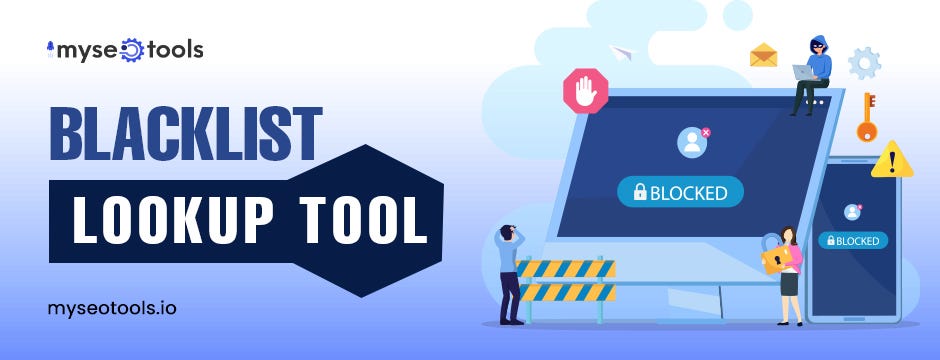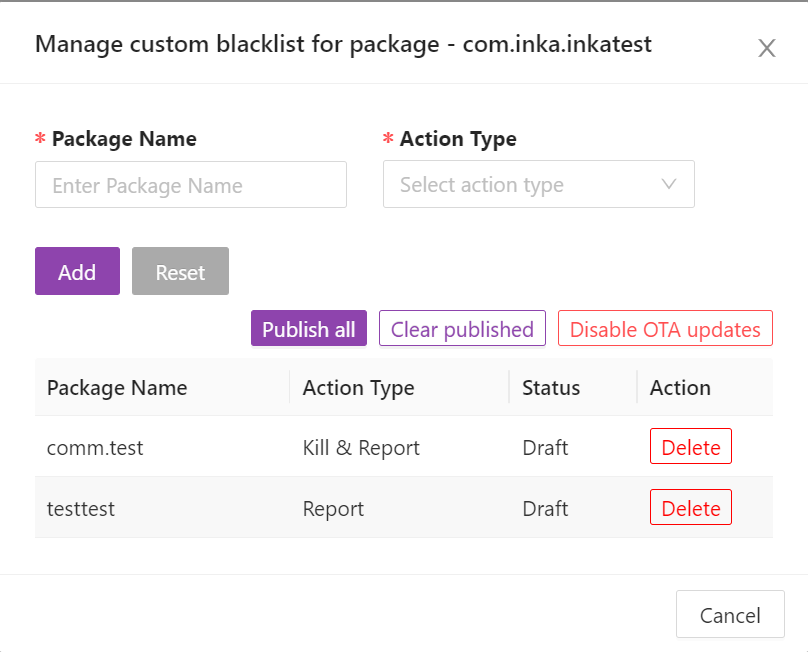Software blacklist sets the stage for this enthralling narrative, offering readers a glimpse into a story that is rich in detail and brimming with originality from the outset. In today’s digital landscape, the concept of software blacklist plays a crucial role in protecting systems from potential threats and vulnerabilities.
This essential guide delves into the definition of software blacklist, the methods used to identify and add software to blacklists, the impacts of such actions on users and developers, as well as the challenges and controversies surrounding this practice.
Introduction to Software Blacklist

A software blacklist is a list of specific software programs or applications that are deemed harmful, malicious, or potentially dangerous. These programs are typically restricted or prohibited from being installed or run on systems to prevent security breaches, data theft, or system damage.
Software blacklists are commonly used in cybersecurity to enhance the overall security posture of a system or network. By identifying and blocking known malicious software, organizations can reduce the risk of cyberattacks, such as malware infections, ransomware attacks, or data breaches.
Examples of Common Types of Software on a Blacklist
- Malware: Malicious software designed to infiltrate a system and cause harm, such as viruses, worms, trojans, and spyware.
- Ransomware: Software that encrypts a user’s files and demands payment in exchange for decryption, often leading to data loss or financial extortion.
- Adware: Programs that display unwanted advertisements or collect user data without consent, impacting user privacy and system performance.
- Potentially Unwanted Programs (PUPs): Software that may not be inherently malicious but can exhibit unwanted behavior, such as changing browser settings or displaying frequent pop-up ads.
Methods of Blacklisting Software

When it comes to blacklisting software, there are various methods and criteria used to identify and determine which software should be added to a blacklist. Let’s delve into the details.
Identification and Addition Process
Software is typically identified and added to a blacklist through a combination of methods. This can include analyzing the behavior of the software, examining its code for malicious intent, monitoring for known vulnerabilities, and even crowd-sourcing information from users and security experts.
Criteria for Blacklisting
The criteria used to determine if software should be blacklisted can vary depending on the context. Common factors include a history of security vulnerabilities, evidence of malicious intent, presence of backdoors or malware, and non-compliance with industry standards or regulations.
Automated vs. Manual Blacklisting
Automated blacklisting processes rely on algorithms and machine learning to identify and blacklist software based on predefined rules and patterns. This can be efficient for handling a large volume of software. On the other hand, manual blacklisting involves human intervention to review and evaluate software on a case-by-case basis, which can be more thorough but time-consuming.
Impacts of Software Blacklisting
Software blacklisting can have significant implications for both users and software developers, as well as the software industry as a whole.
Consequences for Users, Software blacklist
When software is blacklisted, users may experience the following consequences:
- Loss of access to certain features or functionalities within the software.
- Potential security vulnerabilities that may remain unaddressed.
- Disruption of workflow or productivity if users rely on the blacklisted software for their daily tasks.
Implications for Software Developers
For software developers whose products are blacklisted, the impact can be severe:
- Damaged reputation and loss of trust from users and potential clients.
- Potential decrease in sales and revenue due to the restricted use of their software.
- The need to address the issues that led to the blacklisting, which may require significant resources and time.
Broader Impact on the Software Industry
Software blacklisting can have ripple effects across the entire software industry:
- Increased scrutiny and regulation on software products to prevent similar issues in the future.
- Shifts in consumer preferences towards more secure and trustworthy software providers.
- Potential changes in industry standards and practices to ensure the integrity of software products.
Challenges and Controversies Surrounding Software Blacklists

Software blacklists are essential tools in cybersecurity, but they come with their own set of challenges and controversies that need to be addressed.
Challenges in Maintaining and Updating Software Blacklists
One of the main challenges in maintaining software blacklists is the constant need for updates. As new software vulnerabilities are discovered, the blacklist needs to be updated regularly to ensure protection. This requires a dedicated team to monitor and analyze emerging threats in real-time.
Controversies Related to False Positives and False Negatives
False positives occur when legitimate software is erroneously flagged as malicious and added to the blacklist. This can lead to disruptions in operations and loss of trust in the blacklist system. On the other hand, false negatives occur when malicious software goes undetected and is not included in the blacklist, leaving systems vulnerable to attacks.
Ethical Considerations in the Use of Software Blacklists
There are ethical considerations surrounding the use of software blacklists, especially in terms of privacy and fairness. Blacklisting software without concrete evidence or due process can infringe on the rights of software developers and users. It is crucial to strike a balance between security measures and individual rights when implementing software blacklists.
Final Review
As we conclude this exploration of software blacklist, it becomes evident that the proactive measures taken through blacklisting software are vital in maintaining cybersecurity. By understanding the implications and nuances of software blacklist, individuals and organizations can better safeguard their digital environments against malicious entities.
Essential Questionnaire: Software Blacklist
What is the purpose of software blacklisting?
Software blacklisting is done to protect systems from potentially harmful or malicious software that can compromise security.
How are software blacklists updated?
Software blacklists are updated regularly by cybersecurity experts to include new threats and remove outdated entries.
What are the consequences for users when software is blacklisted?
Users may face security risks, system instability, or loss of sensitive data when using blacklisted software.
Are there legal implications for software developers whose products are blacklisted?
Software developers may face reputational damage and legal actions if their products are consistently blacklisted for security reasons.
How do automated blacklisting processes differ from manual ones?
Automated processes use predefined criteria to add software to blacklists, while manual processes involve human oversight and decision-making.
